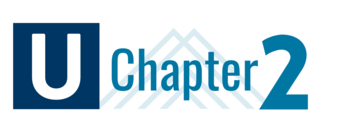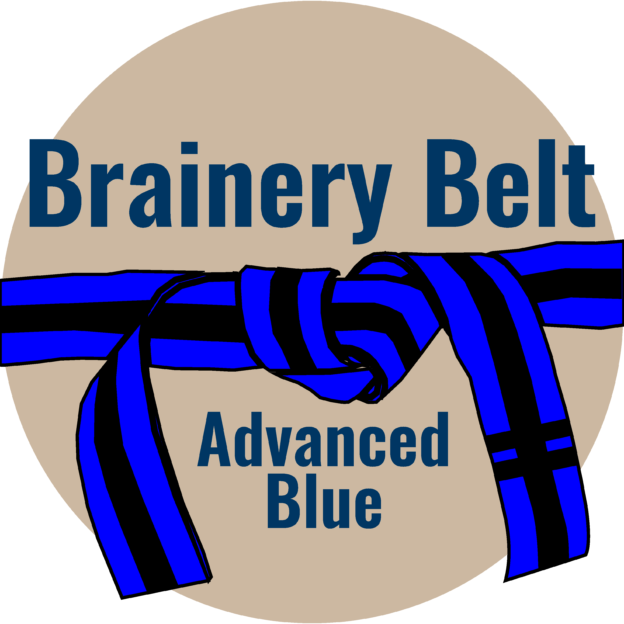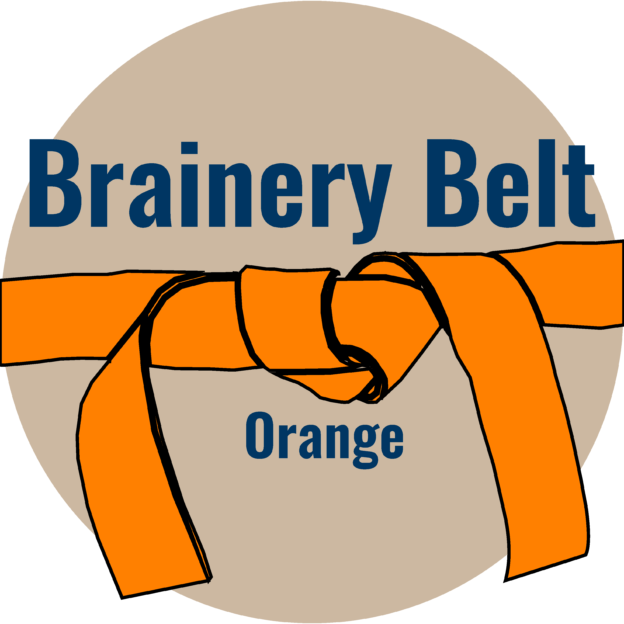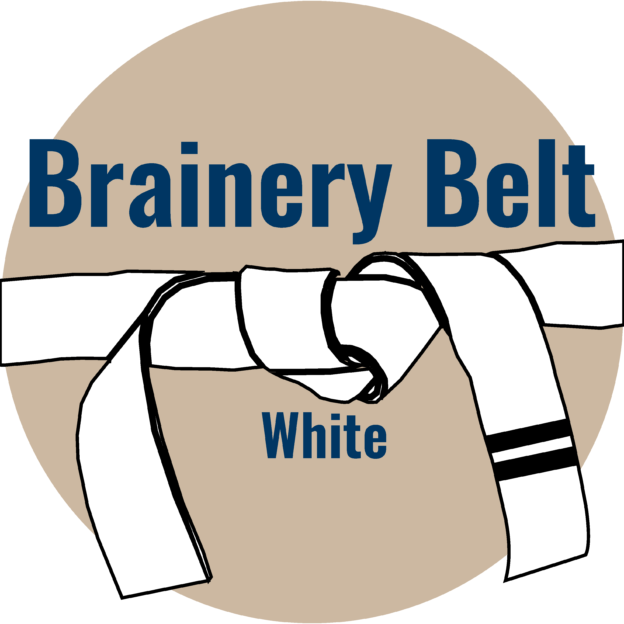
Estimating
Estimating could include material take-offs for simple quantities or complex pricing. Whether you... View more
Preparing drawings for takeoff – existing markups
-
Preparing drawings for takeoff – existing markups
Something that I’ve found frustrating when performing takeoffs is having to deal with drawings that already have markups in them – especially when I’m looking to export my markups for importing into our estimating program. What I’ve found helps is flattening the drawings <span style=”text-decoration: underline;”>before</span> I start my takeoff. That way I start off with a clean PDF with only my markups going forward.
What else does everyone do to prepare their PDF’s for takeoff?
Dave
Log in to reply.





